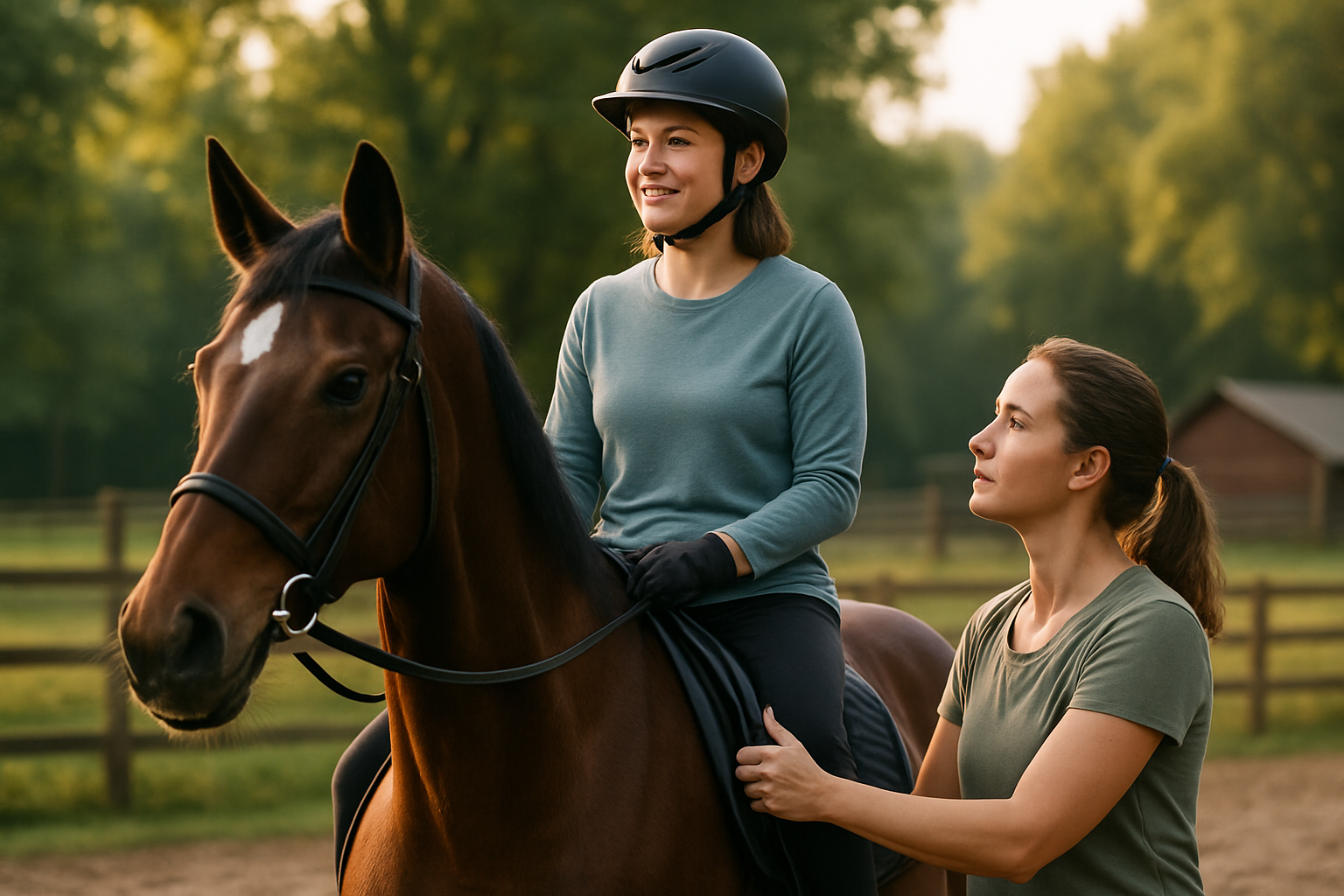Decoding the Mysterious World of Equine Sleep Patterns
The enigmatic realm of horse slumber has long fascinated equestrians and scientists alike. While these majestic creatures are known for their strength and endurance, their sleep habits remain a subject of intrigue and ongoing research. This article delves into the captivating world of equine sleep patterns, exploring the unique ways horses rest and the implications for their health and well-being.

The Evolution of Equine Sleep Behavior
Horses, as prey animals, have developed sleep patterns that allow them to remain alert to potential threats while still obtaining necessary rest. This evolutionary adaptation has resulted in a unique sleep cycle that differs significantly from that of humans and many other mammals. Horses can engage in light sleep while standing, thanks to a specialized anatomical feature called the stay apparatus, which locks their legs in place without muscular effort.
Over millions of years, horses have honed their ability to survive in open grasslands where predators could strike at any moment. This constant need for vigilance has shaped their sleep habits, allowing them to cycle through brief periods of rest throughout the day and night. Understanding this evolutionary context is crucial for horse owners and caretakers to provide environments that support their natural sleep patterns.
The Phases of Equine Sleep
Equine sleep can be broadly categorized into three main phases: drowsing, slow-wave sleep, and paradoxical or REM (Rapid Eye Movement) sleep. Drowsing is a light form of rest that horses can achieve while standing. During this phase, horses may appear relaxed with drooping lips and partially closed eyes, but they remain aware of their surroundings and can quickly become alert if necessary.
Slow-wave sleep is a deeper form of rest that typically occurs when horses lie down. This phase is essential for physical recovery and can last for short periods throughout the day and night. Paradoxical sleep, or REM sleep, is the deepest phase and is crucial for mental well-being. Horses must lie down to enter REM sleep, as their muscles fully relax during this phase.
The Unique Sleep Requirements of Horses
Unlike humans who generally require a continuous block of sleep, horses have adapted to sleep in short bursts throughout the day and night. Adult horses typically sleep for about 2.5 to 3 hours per day, broken into multiple episodes. This cumulative sleep time is significantly less than that of humans, reflecting the horse’s need to remain vigilant.
Interestingly, horses do not require long periods of uninterrupted sleep to function properly. Instead, they have mastered the art of power napping, often taking brief rests that last only a few minutes at a time. This ability allows them to meet their sleep needs while maintaining a high level of awareness of their environment.
Environmental Factors Affecting Equine Sleep
The sleep patterns of horses are heavily influenced by their environment and social dynamics. In a herd setting, horses often take turns sleeping, with some individuals remaining alert while others rest. This cooperative behavior ensures the group’s safety and demonstrates the complex social structures within equine communities.
Stable conditions can significantly impact a horse’s sleep quality. Factors such as noise levels, lighting, temperature, and bedding comfort all play crucial roles in determining how well a horse can rest. Horse owners must consider these environmental factors to create optimal sleeping conditions for their equine companions, balancing the need for safety with the horse’s natural inclination for open spaces.
Implications for Horse Health and Management
Understanding equine sleep patterns is vital for maintaining the health and well-being of horses in human care. Sleep deprivation can lead to various health issues, including decreased immune function, impaired cognitive abilities, and increased stress levels. Recognizing the signs of sleep deprivation, such as excessive drowsiness during the day or difficulty maintaining balance, is crucial for early intervention.
Horse management practices should be designed to accommodate natural sleep patterns. This may include providing safe, comfortable areas for horses to lie down, ensuring sufficient turnout time for natural behaviors, and minimizing disturbances during peak resting periods. By aligning management strategies with the horse’s biological needs, caretakers can promote better sleep quality and overall health.
The Future of Equine Sleep Research
As our understanding of equine sleep continues to evolve, new technologies are emerging to study these patterns in greater detail. Wearable devices that monitor sleep cycles and movement patterns are providing valuable insights into the sleep habits of horses in various environments. This data is helping researchers and veterinarians develop more targeted approaches to equine care and management.
Future research in this field may focus on the relationship between sleep quality and performance in athletic horses, the impact of travel and competition on sleep patterns, and the potential benefits of sleep-enhancing therapies. As we continue to unravel the mysteries of equine sleep, we open new avenues for improving the lives of these magnificent animals.





